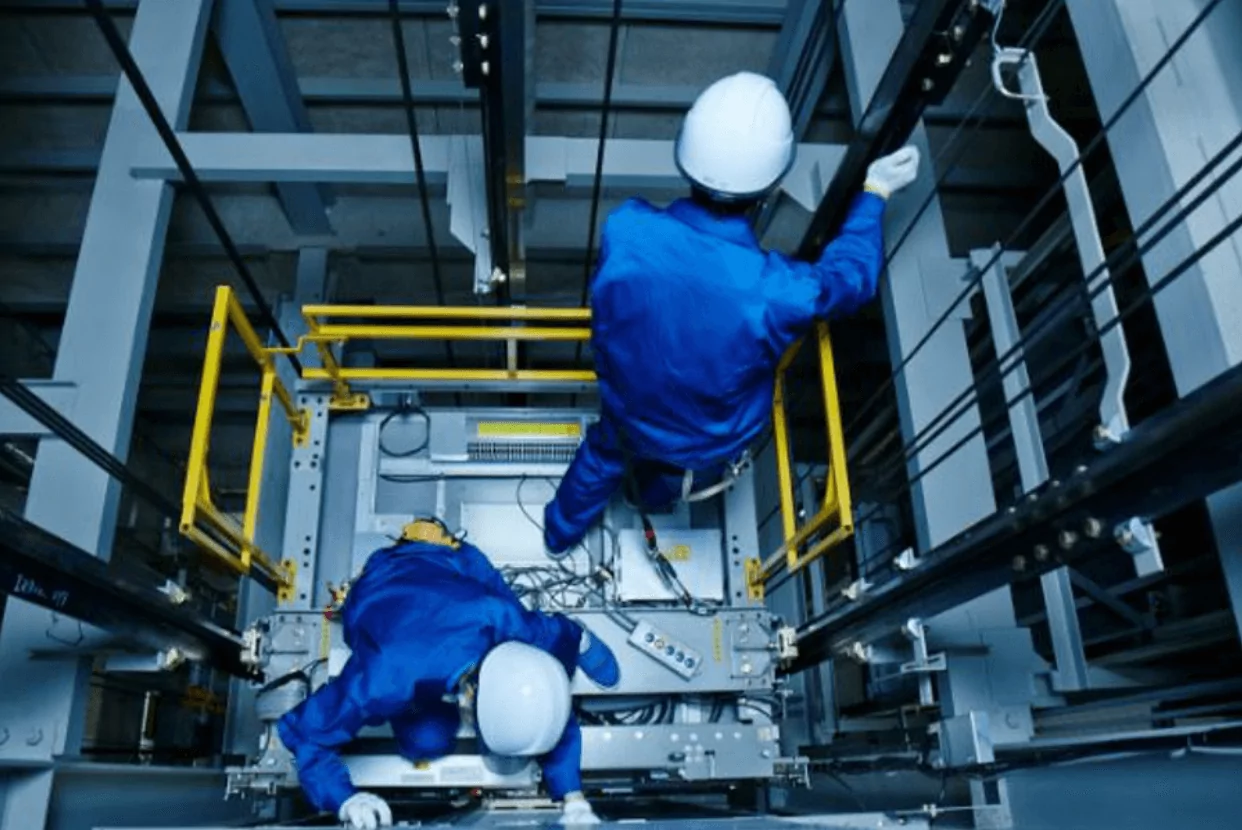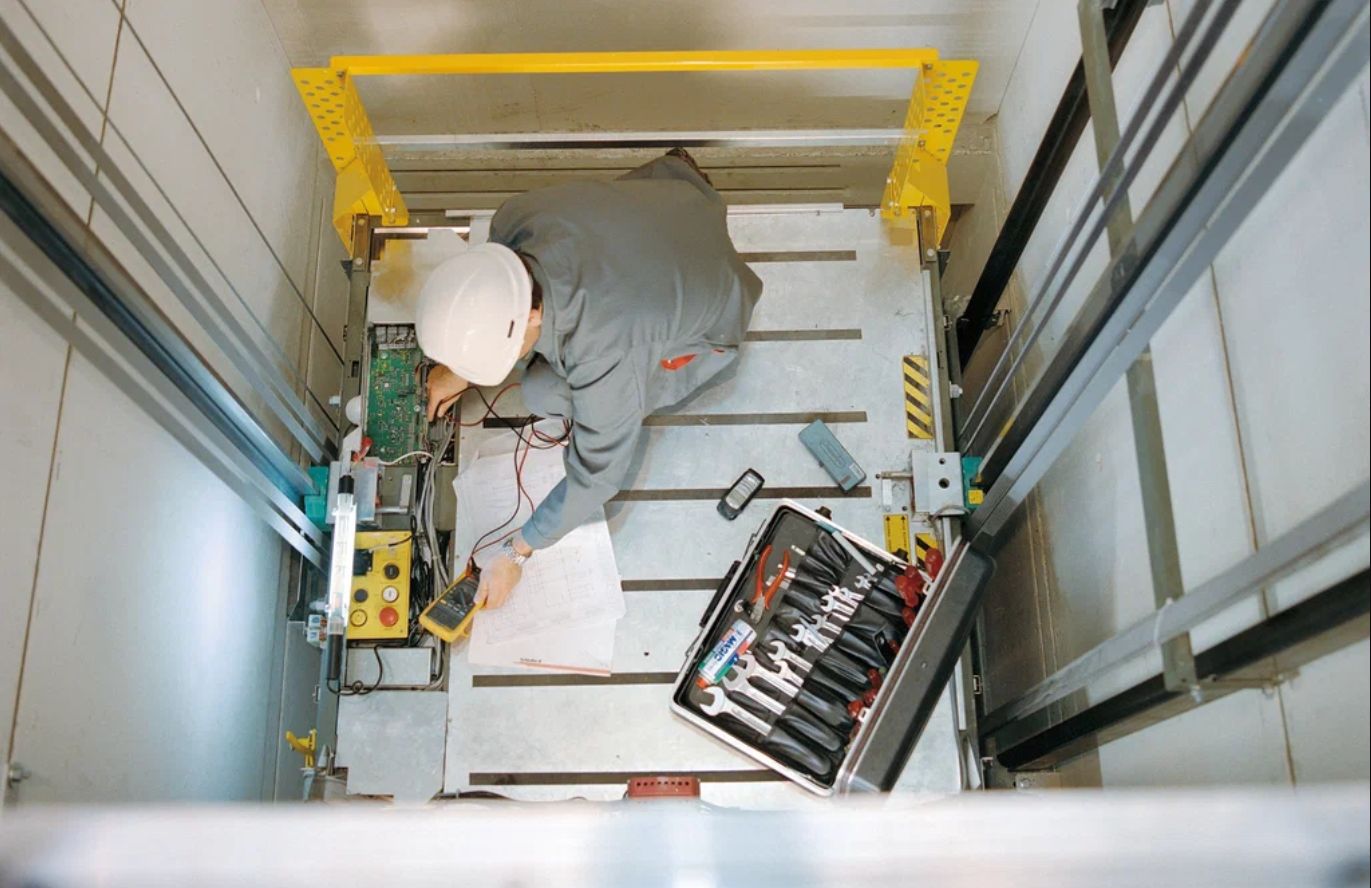Lift Maintenance Repair: Vital Providers for Optimal Lift Performance
Wiki Article
Pro Tips for Keeping Your Lift in Top Condition: A Thorough Review
Guaranteeing the optimal performance of a lift system is crucial for a reliable and risk-free procedure in numerous settings, from commercial storage facilities to business structures. By sticking to an organized maintenance routine and preemptively resolving prospective concerns, lift owners can alleviate expensive downtime and safety and security risks.
Importance of Normal Maintenance
Normal upkeep of your lift is critical to guarantee its optimal performance and longevity. By sticking to a normal upkeep routine, you can identify and attend to possible issues prior to they escalate into expensive fixings or unforeseen downtime. Regular maintenance tasks such as lubricating relocating components, inspecting for deterioration, and examining hydraulic systems can assist avoid breakdowns and guarantee risk-free procedure.Ignoring routine upkeep not just compromises the effectiveness of your lift yet also positions security dangers to individuals and property. Components that are not appropriately maintained might fall short all of a sudden, leading to accidents or damages to the lift itself. Moreover, addressing issues at an early stage through upkeep can extend the life expectancy of your lift and decrease the chance of major failures.
In addition to boosting safety and security and performance, regular maintenance can additionally conserve you cash over time. By buying preventive upkeep actions, you can avoid costly repair services or replacements that might emerge from disregarding the maintenance of your lift. Overall, focusing on normal upkeep is crucial for taking full advantage of the capability and durability of your lift system.
Top Elements to Inspect

In addition, pay close attention to the lift's safety features, such as emergency stop buttons, security sensors, and interlocking mechanisms, to ensure they are working properly. On a regular basis check the lift shaft for particles or obstructions that can restrain the activity of the lift auto.
Proactive Troubleshooting Techniques
When faced with possible lift system issues, adopting proactive repairing strategies can considerably enhance operational efficiency and avoid expensive downtime. Among the vital proactive repairing methods is to on a regular basis evaluate and keep an eye on lift performance information. By tracking metrics such as lift rate, motor temperature, and energy consumption, upkeep teams can identify early indicators of prospective issues and take rehabilitative actions before they rise. Carrying out routine aesthetic evaluations of vital components, such as wires, pulley-blocks, and safety and security mechanisms, can additionally help in detecting damage or misalignments that could cause malfunctions. Furthermore, implementing a preventative upkeep timetable that consists of lubrication of check here moving parts, testing of emergency situation brakes, and calibration of sensors can proactively address typical lift system problems.Moreover, investing in training programs for upkeep personnel on troubleshooting methods specific to the lift model set up can encourage them to identify and resolve concerns quickly. By staying ahead of prospective issues with proactive troubleshooting, lift operators can guarantee a smoother and a lot more reputable procedure while reducing the threat of unexpected malfunctions.
Vital Lubrication Practices
Executing correct lubrication practices is vital for guaranteeing the smooth procedure and durability of lift systems. Regular lubrication aids minimize friction in between moving components, protecting against deterioration that can result in expensive repair work and downtime. Complying with a rigorous lubrication timetable is important. when it comes to lift upkeep.Selecting the appropriate lubricant is the initial step in effective maintenance. Various elements of the lift system may require specific kinds of lubricating substances, such as oil or oil. Seek advice from the maker's standards to identify the appropriate lubricants for each and every component.

Resolve any type of concerns without delay to prevent more damage and ensure the continued smooth procedure of your lift system. By focusing on appropriate lubrication practices, you can extend the life-span of your lift and maximize its performance.
Precaution for Lift Operators
In order to keep a risk-free functioning environment and promote operational efficiency, lift drivers should carefully adhere to prescribed security methods, together with prioritizing necessary lubrication techniques for optimal lift efficiency. Safety actions for lift operators are important to stop crashes and guarantee the smooth functioning of the lift system.Moreover, lift drivers need to prioritize individual protective tools (PPE) such as helmets, handwear covers, and security harnesses when operating at heights or taking care of hefty tons. Clear communication amongst operators, upkeep technicians, and various other personnel is crucial to avoid description misconceptions that might cause mishaps. Last but not least, operators must remain cautious, focused, and prevent disturbances while operating the lift to guarantee the safety of themselves and others around.
Verdict
In conclusion, maintaining a lift in top problem is crucial for making sure safety and security and efficiency in operations. Routine maintenance, complete inspections of essential elements, positive troubleshooting, correct lubrication techniques, and adherence to precaution are necessary for lengthening the lifespan of the lift and avoiding mishaps. By complying with these standards, lift drivers can ensure the continued performance and security of their devices.By adhering to a structured maintenance regimen and preemptively addressing potential problems, lift proprietors can alleviate costly downtime and safety threats. On a regular basis examine the lift shaft for debris or blockages that can restrain the activity of the lift auto.In order to keep a secure working setting and maintain operational efficiency, lift operators need to rigorously adhere to suggested safety and security procedures, along with focusing on crucial lubrication techniques for ideal lift performance. Security procedures for lift operators are essential to prevent crashes and make certain the smooth functioning of the lift system. Normal maintenance, extensive inspections of vital components, positive troubleshooting, check that proper lubrication techniques, and adherence to security measures are crucial for lengthening the lifespan of the lift and preventing mishaps.
Report this wiki page